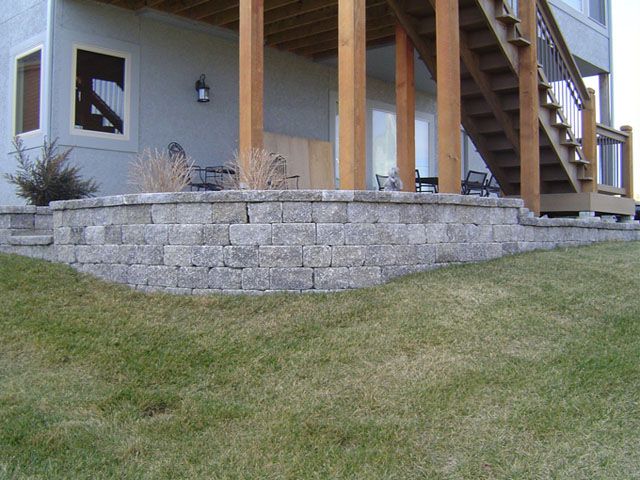Different Uses and Characteristics of Maintaining Walls

Retaining Walls Melbourne: what exactly are they and why are they significant? In land development jobs, keeping walls are structures built above ground level to retain the ground for future land development projects. They are important because they can radically increase real estate value, offer protection against storm damage, and add stability to an area. Additionally, they can be constructed to specific needs based upon the project’s requirements.
Different Uses and Characteristics of Maintaining Walls

Retaining Walls Programs and Attributes There are a range of different reasons why retaining walls are constructed. The primary reason for their use would be to acquire stability for any kind of building structure, whether it is a home, industrial, or business. Additionally, keeping walls are sometimes used to provide a more permanent anchor of structural elements (like columns or beams ) to the ground below. This can reduce the amount of damage which can be brought on by possible earthquakes or severe weather.
Different Uses and Characteristics of Maintaining Walls
There are a range of different types of materials that are utilized for Retaining Walls Programs and Characteristics, including concrete block, gypsum plank, block substance, and timber. When deciding which one is the best for your project, there are some factors to keep in mind. By way of example, block substances are frequently used to produce stronger walls which could withstand a larger quantity of force. Though this might seem great, the cube is not the best high quality wall system. Concrete block, on the other hand, is made of a very sturdy material which could withstand the power of all kinds.
Different Uses and Characteristics of Maintaining Walls
Block Wall Programs and Characteristics block wall systems come in a variety of different substances, which can be one reason they’re so flexible. One of the most durable materials available for retaining wall systems, block comes from a wide array of colors, thicknesses, and sizes. Another benefit cube wall systems have concrete is they are usually fire resistant. Concrete isn’t fire proof and will have to be treated periodically with specific products.
Different Uses and Characteristics of Maintaining Walls
Retaining Walls Programs and Characteristics blocks are also offered in a huge array of shapes and sizes. Whether you are interested in a simple design or one built to accommodate a greater amount of appliances and furniture, square or rectangular panels are available. Some of the popular materials for retaining wall panels include gypsum, clay, concrete, marble, and granite. These are only a couple of the numerous choices available to homeowners.
Retaining Walls Programs and Characteristics which help to make sure your walls are going to have the ability to defy the force of all types are diverse and numerous. By way of example, there are a number of unique variables to consider when choosing the highest quality of materials. If your partitions will be located in a place prone to earthquakes or tornadoes, you ought to go for the most powerful materials potential. The same is true if you have to block a massive amount of noise.
As stated earlier, Retaining Walls uses and attributes have changed quite a bit over time. While they have been typically made from wood, concrete, or any other all-natural stone, more durable materials including granite and marble are used. Nowadays, keeping walls can be made from almost any material including concrete, brick, gypsum, marble, and synthetic materials. These materials are generally more costly but are often designed to last a lifetime.
There are many different ways to integrate Retaining Walls to your landscaping and house improvement jobs. Whether you’re looking to cover an outdoor area, or you need a exceptional feature in your garden, a brick, concrete, or stone wall is a superb option. If you’re thinking about constructing a retaining wall, or you already have intended to accomplish this, there are quite a few professionals you can contact that will be able to assist you in all your choices. Consulting with a local architect is a good place to begin your hunt, as they’ll have the ability to provide you with design ideas to better fit your premises and surrounding region.
